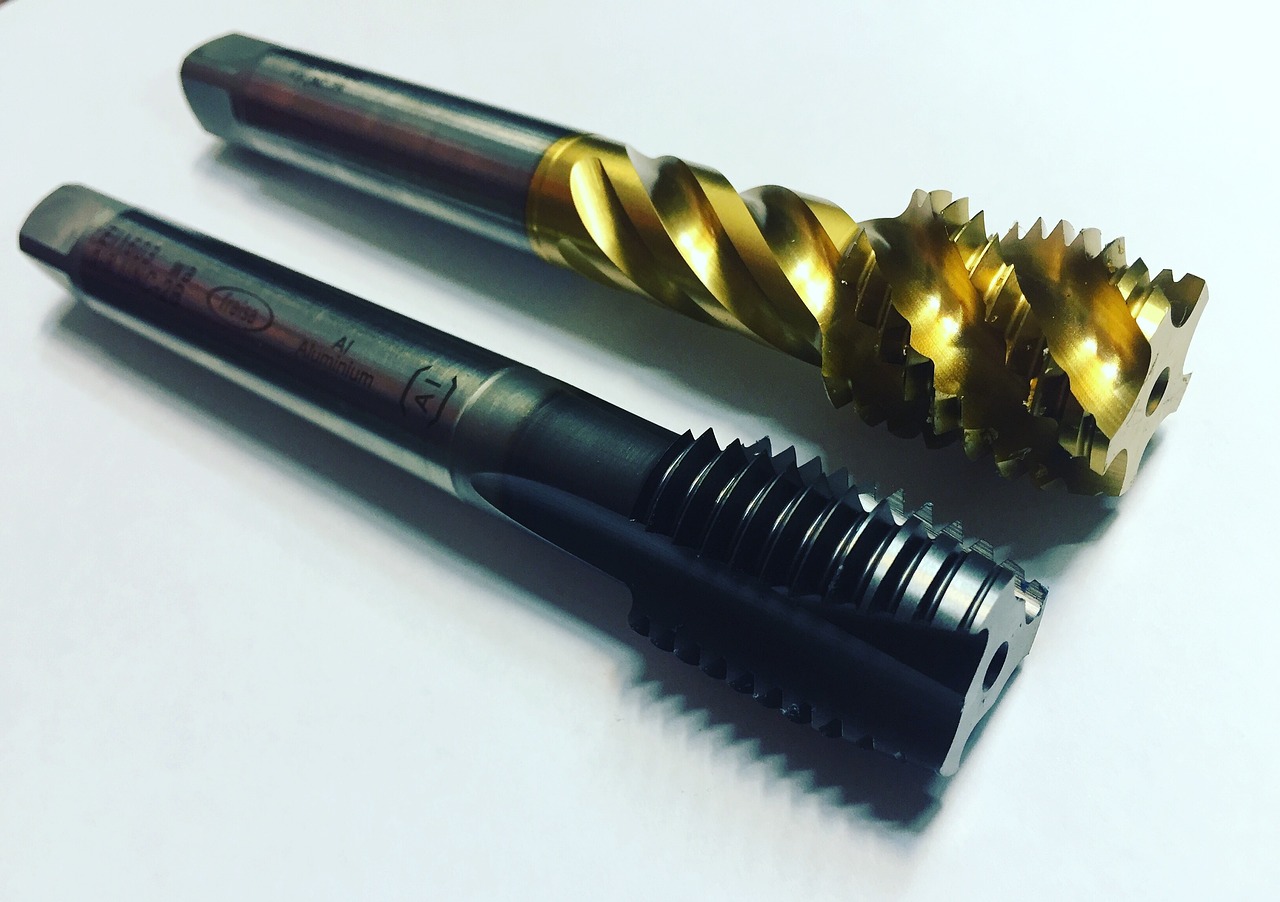The Art of Precision Tapping: Ensuring Seamless Threading
22 March 2024
Create seamless, perfect threads in manufacturing with precision tapping by Kinetic Engineering. Learn techniques and tips for success with this vital process.
In manufacturing and engineering, precision tapping is widely considered as a fundament process essential for creating accurate, functional threads in various materials. This meticulous procedure entails cutting internal threads within pre-drilled holes, enabling bolts or screws to fit perfectly. This process is not just about the tools used but it is also about understanding the material, the tool, and the technique to achieve seamless threading every time.
The Goal of Precision Tapping
Precision tapping is the process required to create threads and ensure they are perfectly aligned, consistent, and without defects. This process can be applied to almost any material, including metals, plastics, and composites, making it a versatile skill in any craftsman’s toolbox.
Precision Tapping: Key Steps
Multiple steps must be done to ensure precision tapping can be carried out optimally.
• Right Tap Selection: Taps come in various shapes and sizes, each designed for specific materials and thread types. To select the right tap, one of the factors to consider is material compatibility. The tap material must be harder than the workpiece material to prevent wear and ensure clean cuts. Another factor to consider is the thread type. The tap must be matched to the desired thread type, whether it’s metric, imperial, coarse, or fine. Understanding the difference between straight flute, spiral point, and spiral flute taps, and when to use each should likewise be done.
• Workpiece and Tool Prep: Before beginning the tapping process, you must verify if the pre-drilled hole has the correct size to be able to accommodate the tap. The right lubricant must also be applied to reduce friction, prevent tap breakage, and improve thread quality. The workpiece must then be clamped securely to prevent movement during tapping.
• Precision Tapping: Precision tapping requires a steady hand and a focused mind. This process involves aligning the tap perpendicularly to the hole surface. Steady, even pressure must then be applied as the tap cuts into the material to avoid any sideways force that may break the tap. The tap must also be regularly reversed to break and clear chips, preventing clogging and tap breakage. Lastly, each thread must be cut to the same depth for uniformity.
Common Issues with Tapping
Even with the best preparation, issues can still arise. Common tapping problems include tap breakage, thread misalignment, and incomplete threading. They can often be mitigated by reducing the tapping speed to improve control and reduce heat buildup, periodically stopping to check the thread quality and alignment, investing in high-quality taps, and using a tapping arm or computer numerical control or CNC machine for better alignment and control.
Precision tapping lies in the details. Kinetic Engineering is a machining company you can trust for this process as we can select the right tools, prepare meticulously, and apply careful techniques, ensuring seamless, perfectly formed threads every time. Our capabilities are invaluable across manufacturing and engineering applications as we can easily turn a complex task into an art form.
Optimised by: Netwizard SEO

